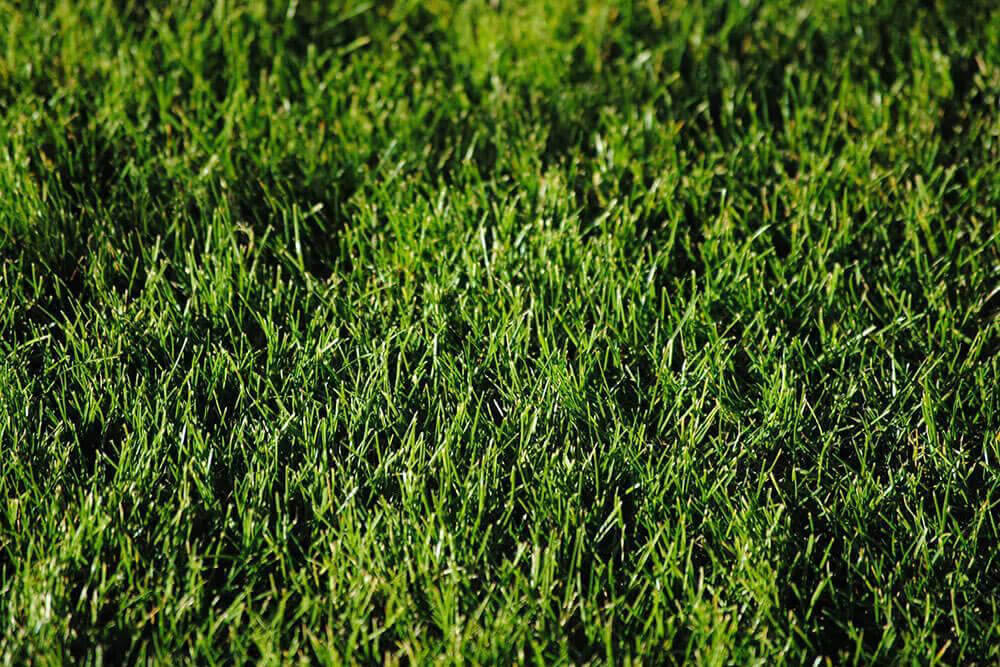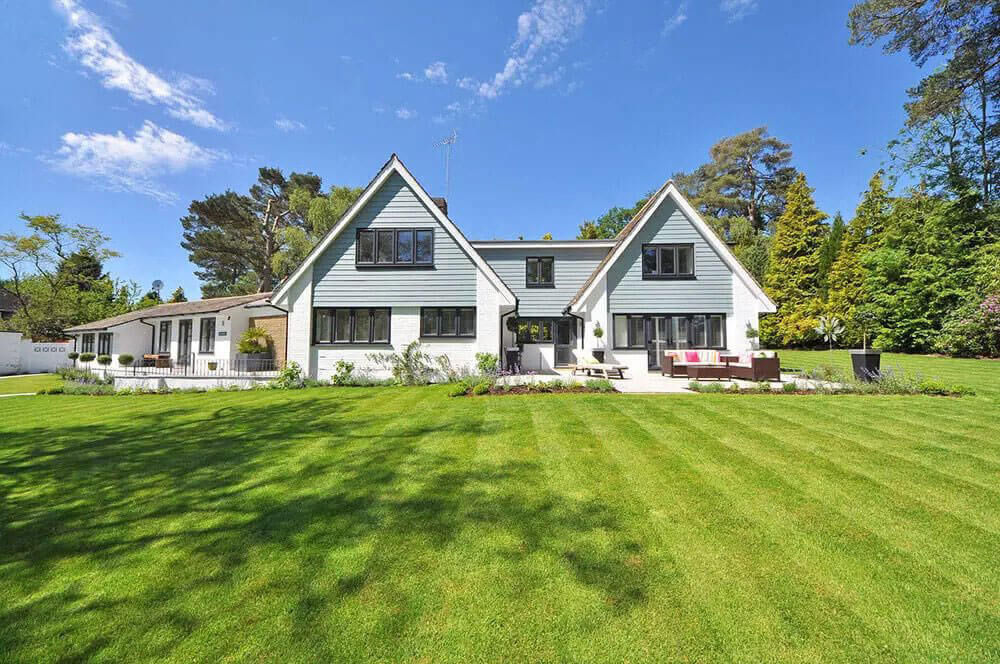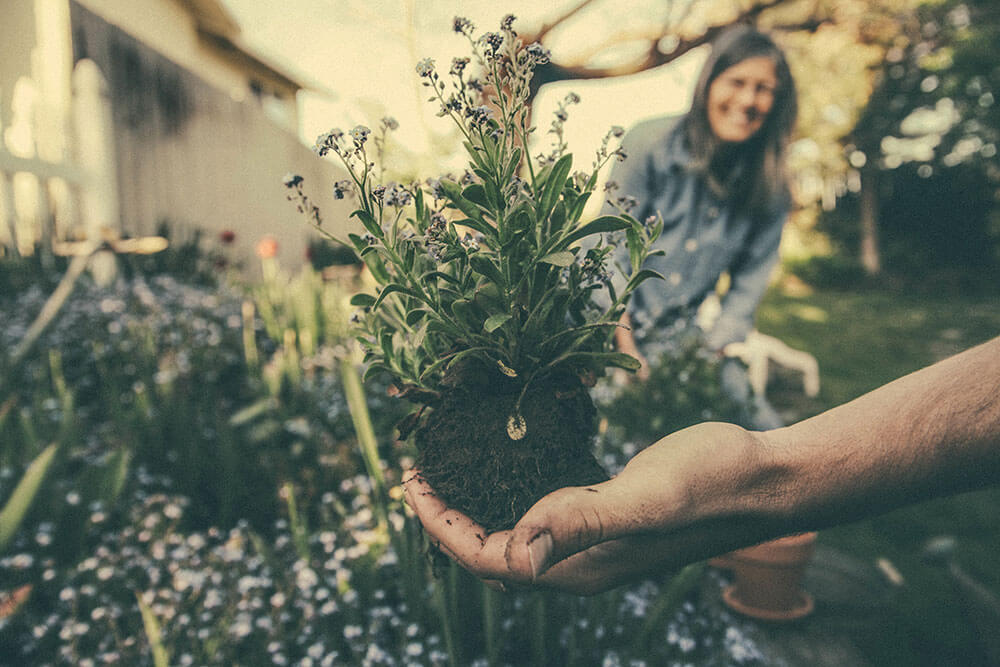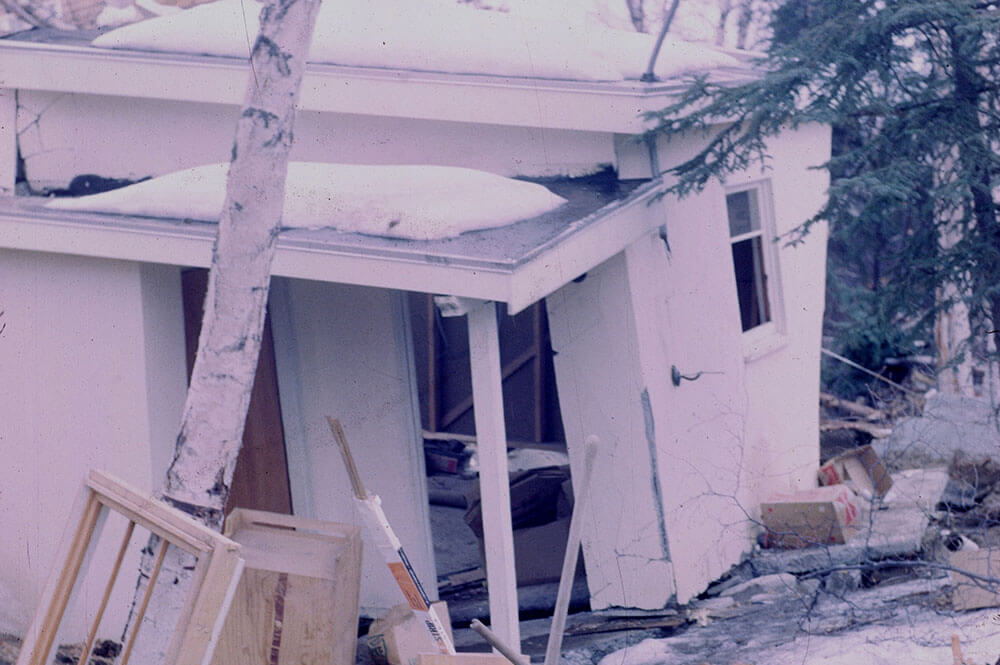Maintaining a lawn and/or garden is a bit of a balancing act, requiring a delicate touch. That tightrope becomes even harder to walk when you have children and pets to worry about. A good number of traditional pesticides and pest control methods contain chemicals that can lead to acute or chronic illnesses in humans and domesticated animals. So, how can you keep your greenery lush and healthy without harming the ones you love by accident?
The answer: utilize kid- and pet-friendly pest control options for your lawn and garden. You may be surprised by all the different ways you can keep unwanted actors away from your property while maintaining the safety of your kids and pets. Let’s go over some of the best options for proper garden and lawn maintenance.
Safest Ways for Lawn Pest Control
Horticultural Oils and Soaps/Sprays
Though they might sound like cleaning products or perfumes, horticultural soaps and oils are actually plant-derived formulas designed to target small pests like aphids and mites. The best part about these products is that they don’t harm beneficial insects, humans, or pets. Insecticidal soaps can also be made from home materials like vegetable oil, pure dishwasher soap, and warm water. Just be sure to do your research and test your formula on a plant before using it on your entire garden.
Diatomaceous Earth
This naturally-occurring pesticide often comes in the form of a dust or powder made from fossilized diatoms, which are microscopic aquatic lifeforms. The tiny particles kill harmful pests by sucking away moisture and fat from their exoskeletons. Researchers remain hard at work looking for potential negative effects diatomaceous earth may have on pets and humans, but so far there is no compelling evidence. In fact, versions of this material are often used as flea medications for cats and dogs.
Organic Insect Killers (Pet- and Kid-Safe)
Not all store-bought pesticides are toxic to humans and pets. In fact, more and more insecticide manufacturers are now creating safer products, knowing that people care about the safety of their kids and pets. EcoSMART is one such brand creating effective solutions that are safe, environmentally-friendly, chemical-free, and made in the U.S. Look for products that are useful for all sizes of lawns and gardens.
Mulch with Straw or Compost
Some lawn problems can be solved without the use of pesticides. At the very least, using the right kind of mulch can mitigate the number of pests and weeds that enter your green spaces. Mulching with compost or straw is just one way to protect your lawn, garden, and family. Many landscape services offer these mulching options.
Plant Certain Species to allow Predatory Pests
Another way to keep bad bugs away is to cultivate a good environment for “good” bugs. That is to say, if you can stomach it, it’s not a bad idea to create a home for some predatory pests, as they will gladly take care of a great number of other, smaller pests. Setting up this little ecosystem requires much patience and knowledge, so you may want to seek help from lawn services that specialize in this form of natural pest control.
Keeping your lawn or garden pest-free doesn’t mean you need to risk harming your children or pets. If you’re looking for more solutions and advice on maintaining your home’s green spaces, The Parke Company has the resources, knowledge, and experience you need. We offer a wide range of landscaping and tree services, including lawn aeration, irrigation, tree removal, mulching, and so much more. Give us a call today at (615)-350-6033.
